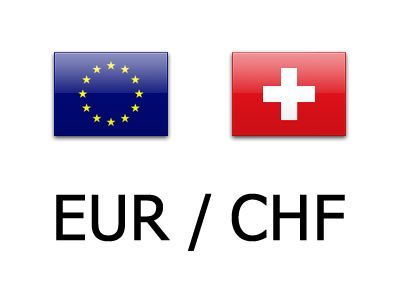I don’t want to sound mean-spirited but there is a lesson here that’s worth highlighting.
If you’ve listened to Cathie Wood extensively — and I certainly have — then you know what I’m talking about. She’s certainly not stupid but probably won’t strike you as the kind of person that should be running what was once the world’s largest actively-managed ETF and currently hold more than $7 billion.
Last week’s example is particularly cringe-worthy as her ARK Innovation ETF invests in technology and she’s supposedly a thought-leader in what’s coming next.
In short, she fell for some badly-generated AI slop on her twitter page.
That’s some ‘grandma-on-Facebook’ level stuff.
Now, whatever, it’s a mistake. In the future we’re all going to fall for AI slop because it’s getting so good.
But she followed that up by touting satellites with localized AI compute, a $1 million target for bitcoin and and a $2600 target for Tesla shares. It’s the same thing she’s been doing for years.
The thing is, it worked, at least for awhile. She became a celebrity in the post-covid investing landscape as her fund rose 10x. The problem was that the fund was very small when it ran up and then money piled in and nearly everyone who bought in 2021-22 lost money.
Her star dimmed in the latest tech boom when she completely whiffed on AI. She sold out of Nvidia early and hasn’t been able to generate alpha in a bustling tech market, though the most-recent returns are better.
Ok, so I promised a lesson here and it’s a simple one. Sometimes it’s better to be dumb.
Overthinking is one of the classic pitfalls of traders. The #1 asset you can have is conviction and it’s simply easier to maintain if you don’t question things. Most of the money in the fund was made in Tesla and Elon Musk is the greatest salesman in history and that’s all you ever really needed to know. Sure, repeat his talking points about whatever and go ahead and believe them.
Now many people would look at his track record of predictions and draw some conclusions but the stock hit a record high this week. Just buy, close your eyes and believe.
The thing is, it’s just easier to believe when you can’t tell reality from AI slop. We’re in a weird world where questioning valuations and business models doesn’t make you money.
There’s nothing new under the sun, in 1511, Erasmus said:
“In a world of madmen, the sane man must appear mad.”
Now one option is to kill your braincells:
If you don’t like the sound of that, the lesson here is that you need to find investments or strategies that you believe in and don’t overcomplicate them. The money really is in the holding.
Anyway, after all that meanness to Cathie Wood, I better do something nice or Santa will put me on the wrong list; so here are her top-10 holdings:
-
TSLA – TESLA INC
-
ROKU – ROKU INC
-
CRSP – CRISPR THERAPEUTICS AG
-
COIN – COINBASE GLOBAL INC -CLASS A
-
SHOP – SHOPIFY INC – CLASS A
-
HOOD – ROBINHOOD MARKETS INC – A
-
TEM – TEMPUS AI INC
-
PLTR – PALANTIR TECHNOLOGIES INC-A
-
RBLX – ROBLOX CORP -CLASS A
-
AMD – ADVANCED MICRO DEVICES
This article was written by Adam Button at investinglive.com.














